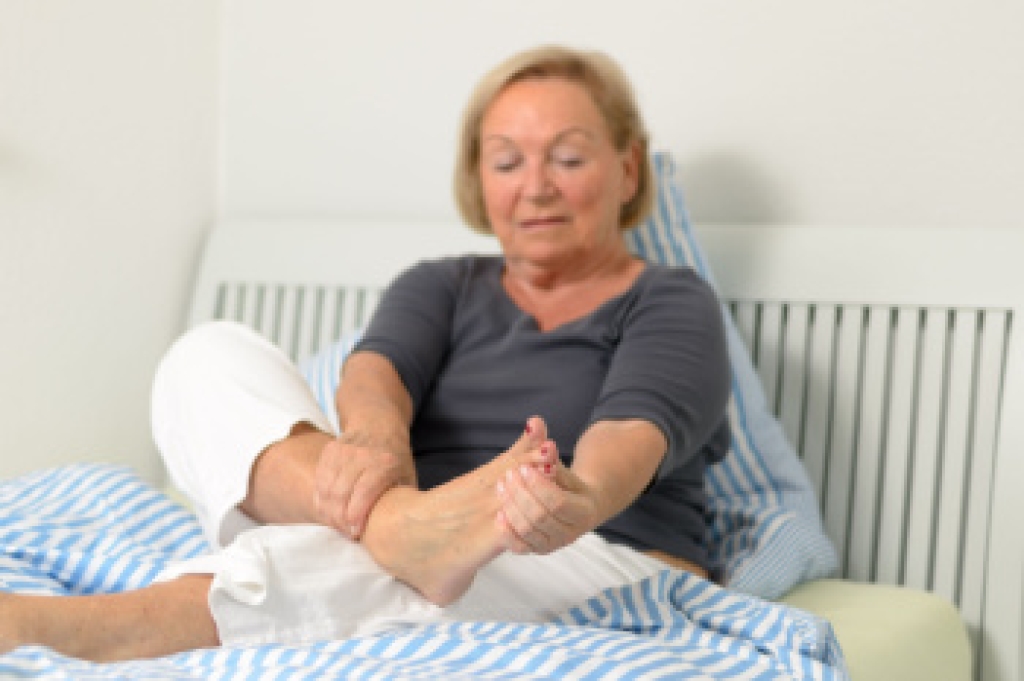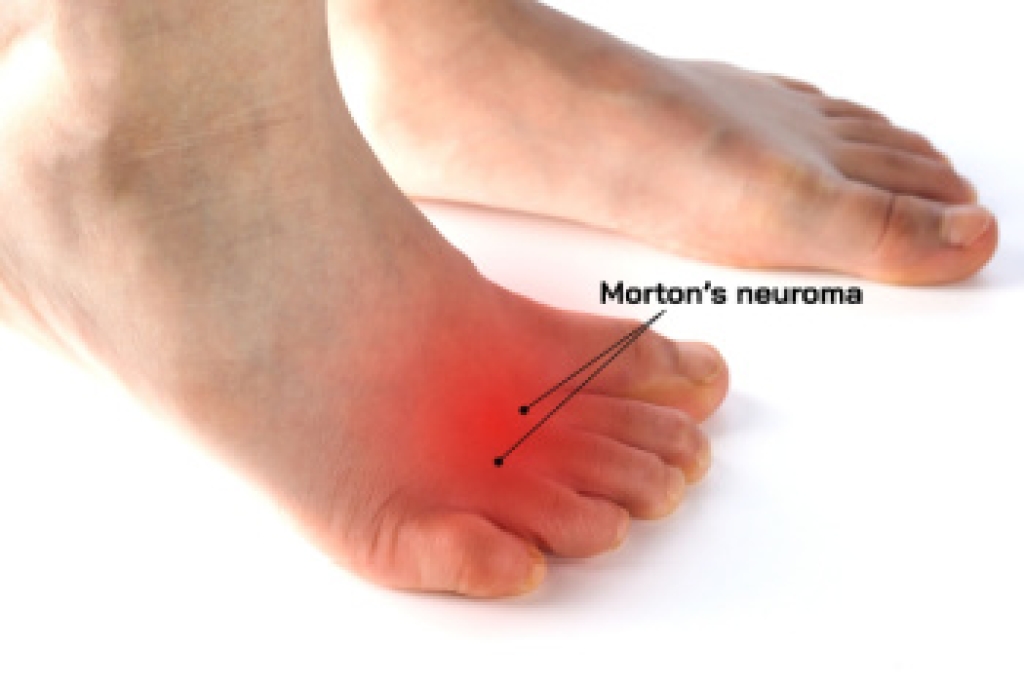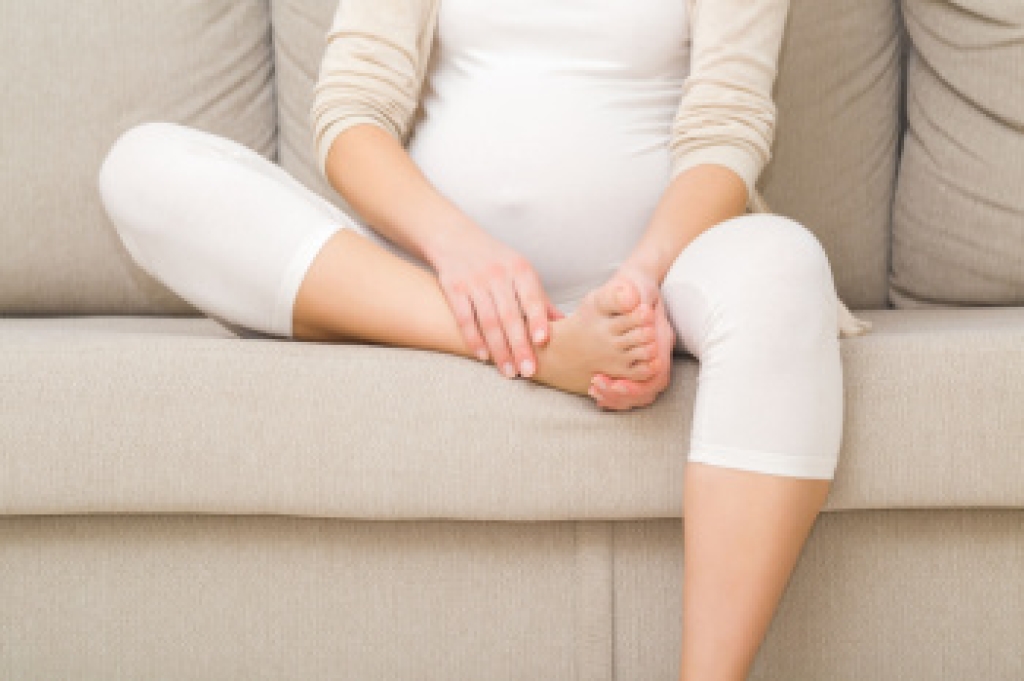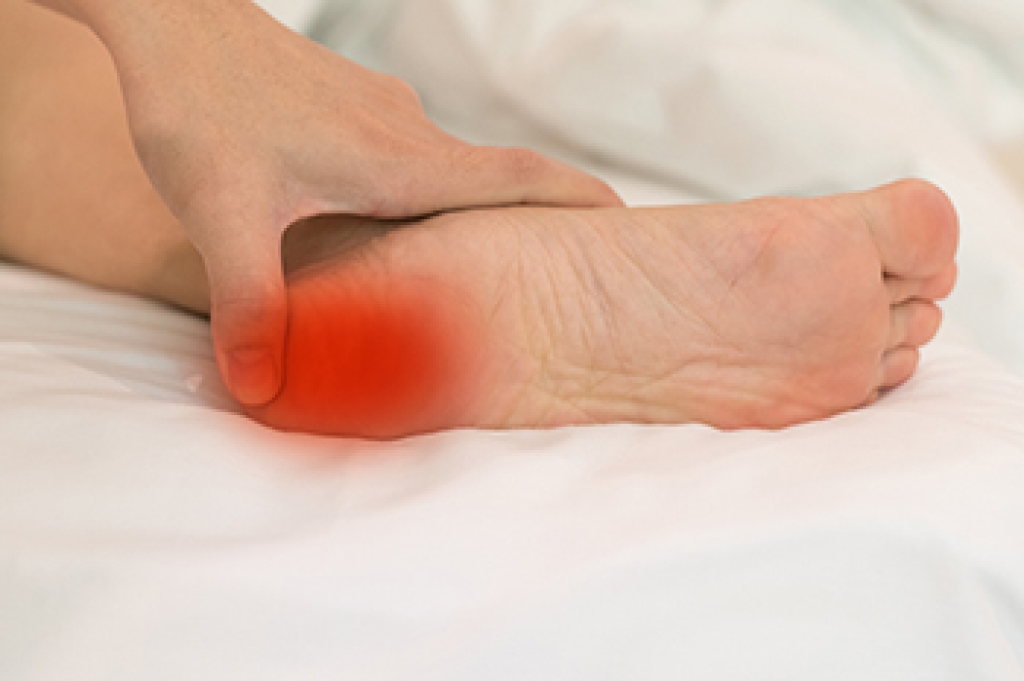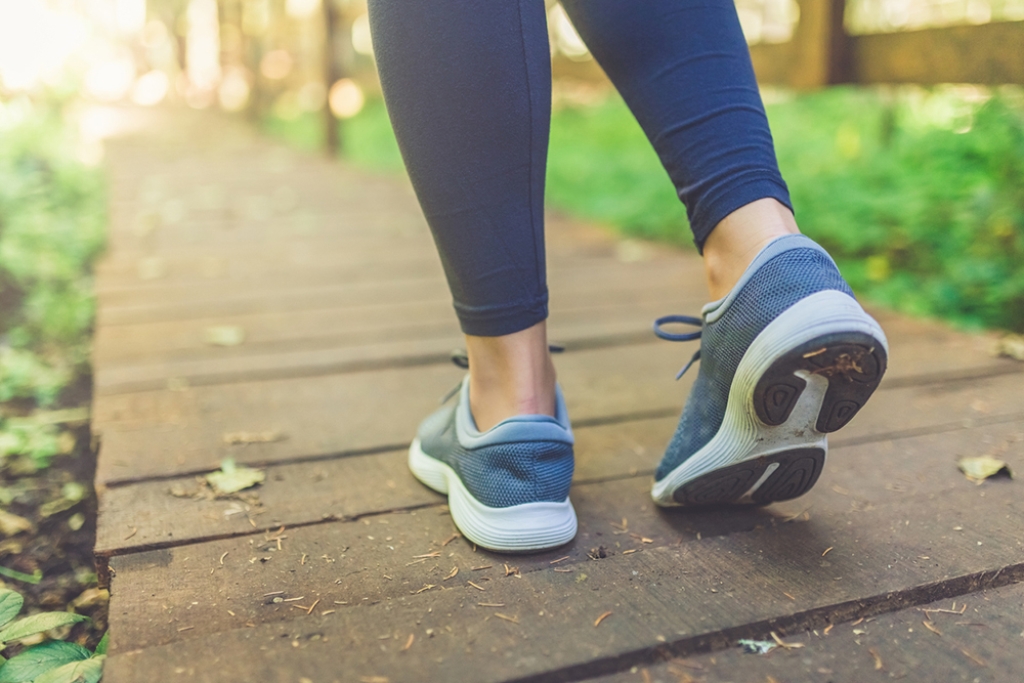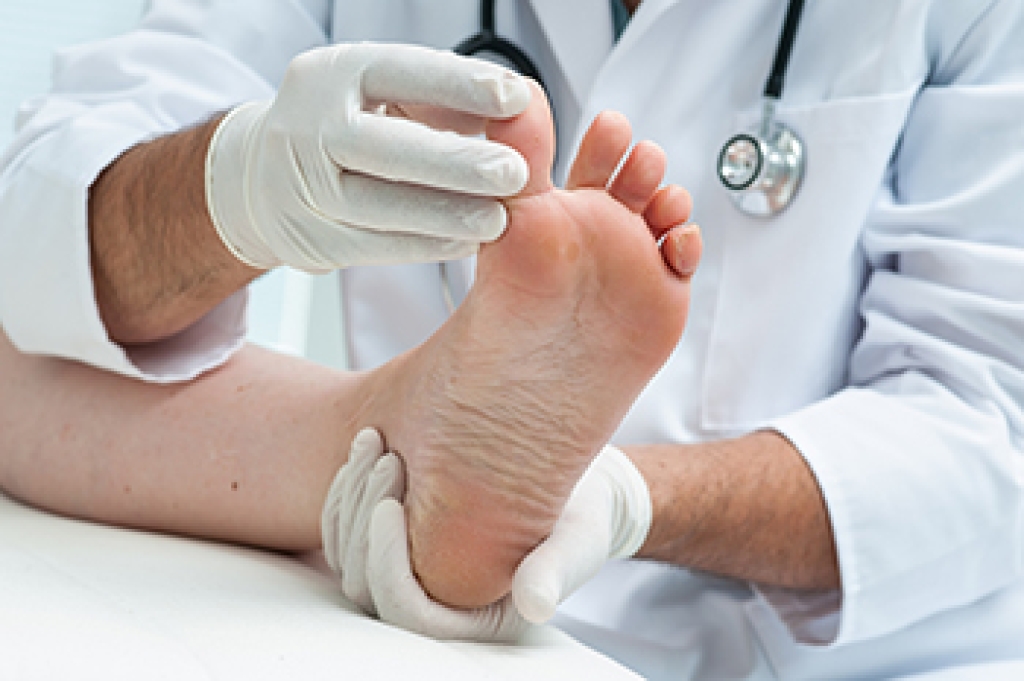
Peripheral neuropathy is a condition that affects the peripheral nervous system, causing damage to the nerves outside the brain and spinal cord. It can result from various factors, including diabetes, injury, infections, or certain medications. The symptoms often include pain, weakness, numbness, tingling, and a burning sensation, typically in the feet and hands. This discomfort can range from mild to severe and may make walking or performing daily tasks difficult. Treatment for peripheral neuropathy depends on the underlying cause but usually includes pain management, targeted exercises, and medications to reduce nerve inflammation. In some cases, lifestyle changes like controlling blood sugar or improving circulation may help alleviate symptoms. A podiatrist can assist by evaluating your condition, offering pain relief strategies, providing custom orthotics to improve mobility, and recommending exercises to maintain strength and flexibility. If you are experiencing symptoms of peripheral neuropathy, it is suggested that you schedule an appointment with a podiatrist for expert care and management.
Neuropathy
Neuropathy can be a potentially serious condition, especially if it is left undiagnosed. If you have any concerns that you may be experiencing nerve loss in your feet, consult with Andrew Katz, DPM from Allcare Foothealth Center. Our doctor will assess your condition and provide you with quality foot and ankle treatment for neuropathy.
What Is Neuropathy?
Neuropathy is a condition that leads to damage to the nerves in the body. Peripheral neuropathy, or neuropathy that affects your peripheral nervous system, usually occurs in the feet. Neuropathy can be triggered by a number of different causes. Such causes include diabetes, infections, cancers, disorders, and toxic substances.
Symptoms of Neuropathy Include:
- Numbness
- Sensation loss
- Prickling and tingling sensations
- Throbbing, freezing, burning pains
- Muscle weakness
Those with diabetes are at serious risk due to being unable to feel an ulcer on their feet. Diabetics usually also suffer from poor blood circulation. This can lead to the wound not healing, infections occurring, and the limb may have to be amputated.
Treatment
To treat neuropathy in the foot, podiatrists will first diagnose the cause of the neuropathy. Figuring out the underlying cause of the neuropathy will allow the podiatrist to prescribe the best treatment, whether it be caused by diabetes, toxic substance exposure, infection, etc. If the nerve has not died, then it’s possible that sensation may be able to return to the foot.
Pain medication may be issued for pain. Electrical nerve stimulation can be used to stimulate nerves. If the neuropathy is caused from pressure on the nerves, then surgery may be necessary.
If you have any questions, please feel free to contact our office located in Palmdale, CA . We offer the newest diagnostic and treatment technologies for all your foot care needs.

